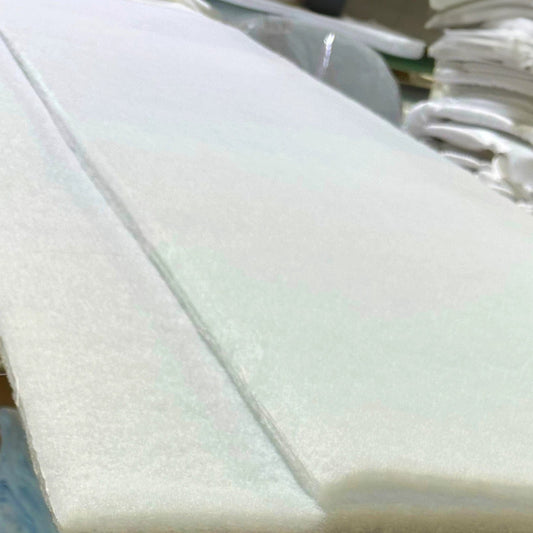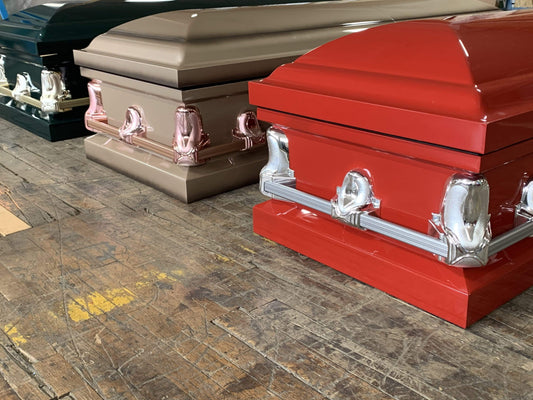Who Was Prince Philip, Duke Of Edinburgh?
Prince Philip, Duke of Edinburgh was a member of the British royal family and the husband of Queen Elizabeth II. He was born into the Greek and Danish royal families and became a naturalized British subject in 1947. Prince Philip served in the Royal Navy during World War II and was known for his military and charitable work.
He was the longest-serving consort of a reigning British monarch, and was a constant presence at the side of Queen Elizabeth for over 70 years. He accompanied the Queen on numerous state visits, helped to establish the Duke of Edinburgh’s Award program, which encourages young people to participate in activities outside of school. Furthermore, he was also involved in many other charitable organizations.
In 2017, Prince Philip retired from public duties. After a quiet few years and some health issues, passed away on April 9, 2021, at the age of 99. His death was widely mourned by the British people and people around the world, and he was remembered as a dedicated public servant who made a significant contribution to the United Kingdom and the Commonwealth.
Operation Forth Bridge - Or The Funerary Plan For Prince Philip
Operation Forth Bridge is the code word for the protocol that was to be followed in the event of Prince Philip’s demise. In life, the Duke had expressed his wishes to have a simple and small funeral that was mostly fuss-free. That said, most of the developments following his demise were carried out in accordance with the pre-decided protocol, which was named after Forth Bridge — a landmark rail crossing located in Edinburgh.
As per the protocol, the following measures were taken following the Duke’s passing.
- A press release was issued by Buckingham Palace to BBC (the national broadcaster of the United Kingdom).
- Flags were lowered to half-mast and remained so for the entire period of national mourning.
- The bell of Westminster Abbey was run once every minute for 99 minutes, from 6 PM on April 9, as a tribute to reflect the Prince’s life span.
- Several military rehearsals were held at Pirbright Camp for the funeral procession.
- A full dress rehearsal was also held on 15 April at Windsor Castle.
Prince Philip’s Funeral - The Details Of The Casket And The Ceremony
The Prince was laid to rest in a coffin that was made for him several decades before his passing. The funerary box was created from solid English oak, and as per standard practice, was lined with lead. Traditionally, royal coffins have always been lined with this metal in order to preserve the bodies for a longer period. Lead seals funerary boxes better and keeps moisture out, thereby slowing down the process of decomposition.
Tracing the history of Prince Philip’s casket, it’s evident that there’s no clear record of exactly when the funerary box was actually made. All that’s known is that the casket is at least 30 years old. London-based family-run firm of funeral directors — Leverton and Sons — inherited the coffin way back in 1991. Around this time, the firm became the official funeral directors for the royal family. And perhaps this is how the Duke’s coffin likely made its way to the royal family. Interestingly, the Queen also had a matching coffin created at around the same time.
It was in this lead-lined English oak coffin that Prince Philips was laid to rest for his funeral, which took place on April 17, 2021 at St. George's Chapel at Windsor Castle. The affair was not a state funeral, as was the norm, but instead a royal ceremonial funeral since the Prince had wanted minimal fuss during the ceremony.
His coffin was moved from the private chapel at Windsor Castle to the castle’s Inner Hall before the ceremony. The funerary box was draped in the personal standard flag of the Duke of Edinburgh, where the first quarter represented Denmark, the second quarter Greece, the third the Mountbatten family, and the fourth Edinburgh. A letter from the Queen, signed with her childhood name Lilibet, was also placed on the casket.
Looking For A Wooden Casket Too? You Can Find Just What You Need Online.
If you’re hosting a funeral ceremony for a loved one or are planning to purchase a casket for yourself, a traditional wooden funerary box may be an elegant option to consider. If oak coffins are a bit too pricey for your budget, you can look for other equally classic yet more affordable options like pine, cedar or poplar caskets. Titan Casket offers you all these options and more. Visit our online store to check out our range of wooden coffins today.

![Upgrade to Premium Weight [18-gauge steel]](http://titancasket.com/cdn/shop/products/casketthicknesswithnumbers.png?v=1680642906&width=533)



